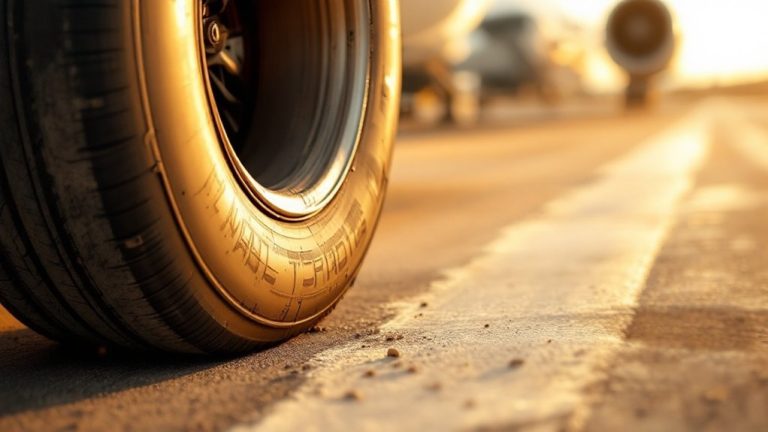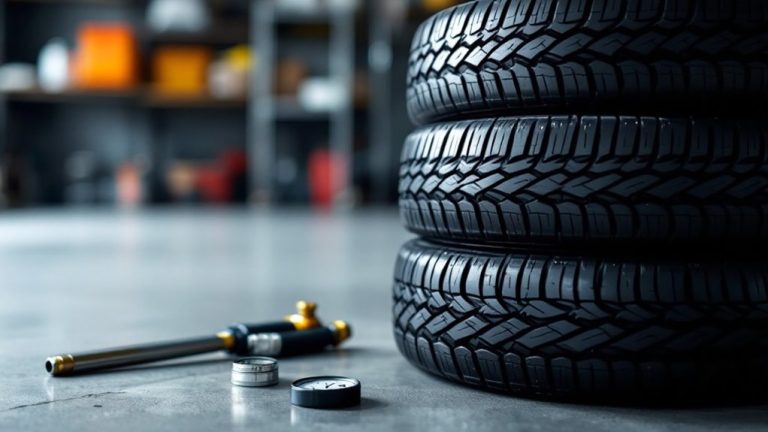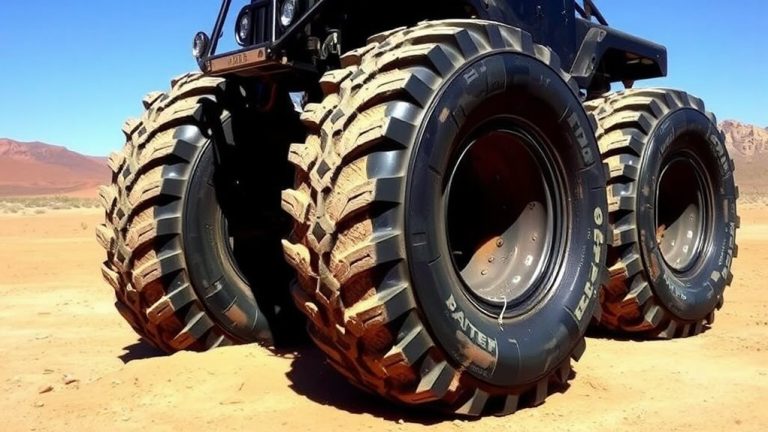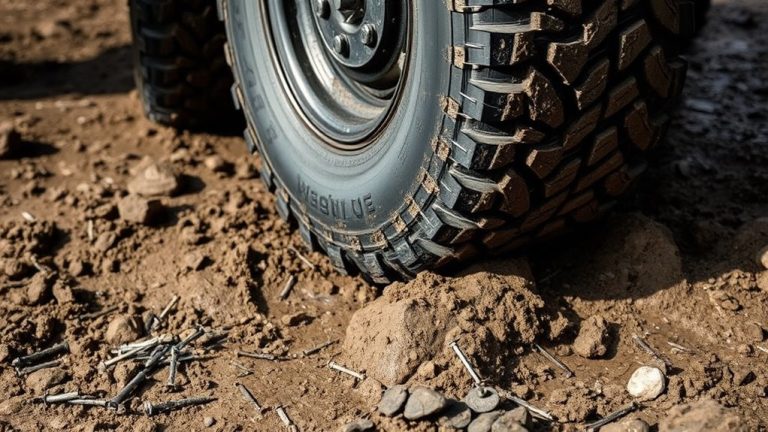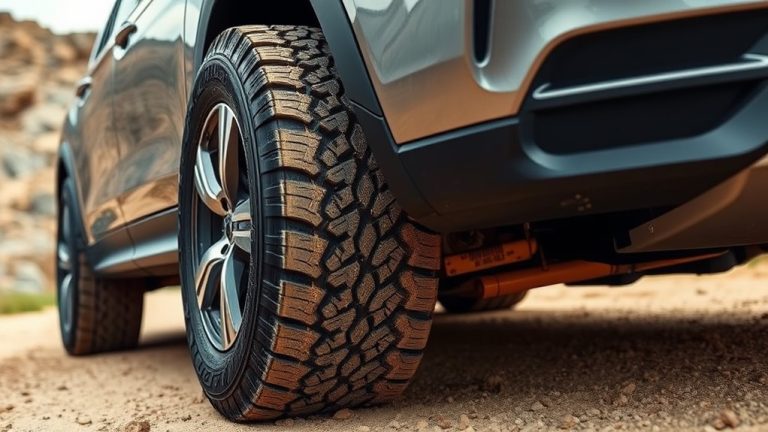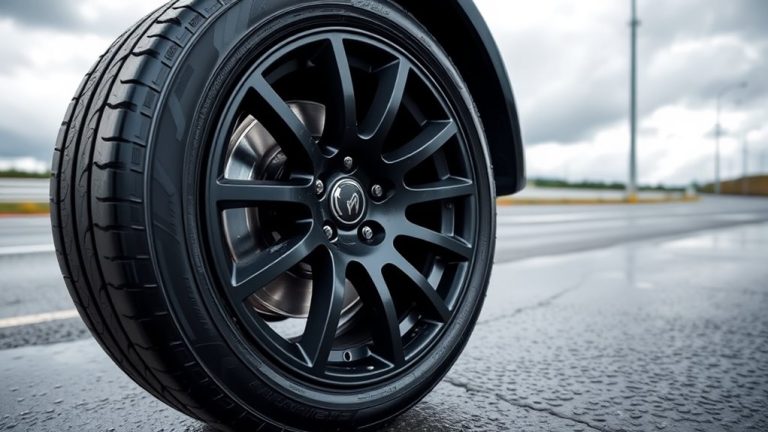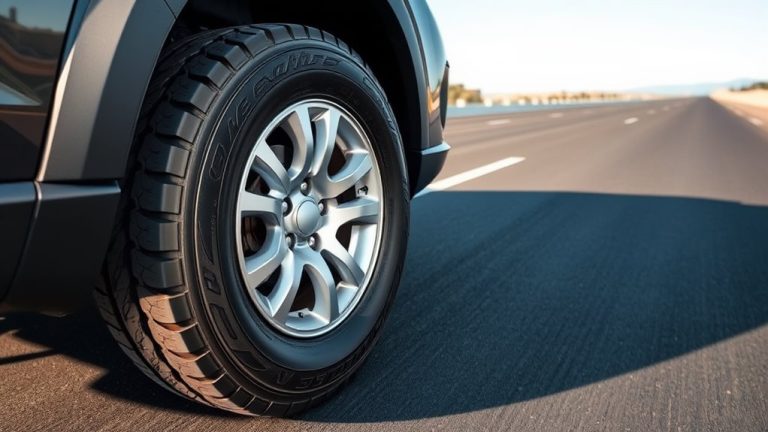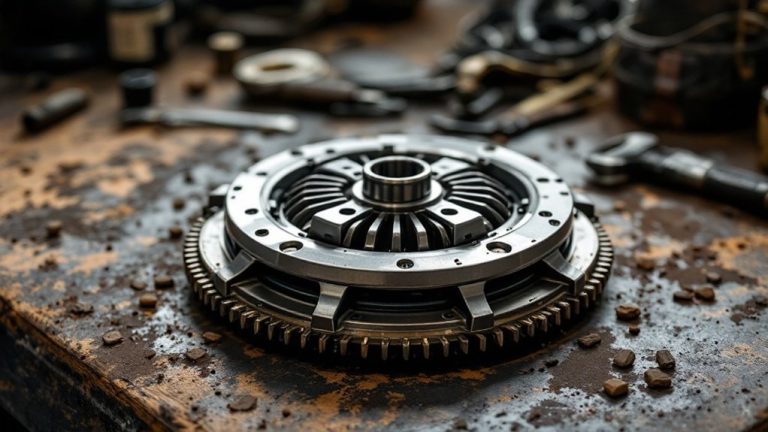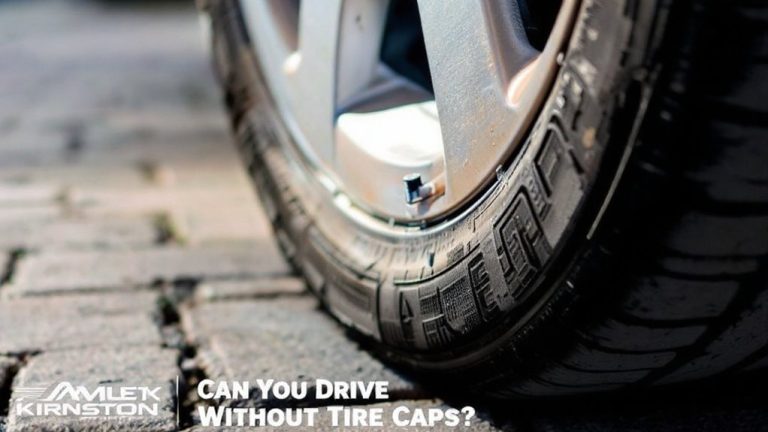How Often Do Airplanes Change Tires
Airplanes swap their tires pretty often, usually every 150 to 400 landings. This depends on the plane type, how they fly, and tough conditions. Regional jets might need new tires after just 150 flights. Why? They take off a lot. Bigger widebody planes can go up to 400 landings. Rough landings or bad weather can wear tires faster. Taxiing on runways also adds extra stress. Crews check tire tread and look for damage all the time. Safety comes first, no risks allowed. Stay tuned for more cool facts.

